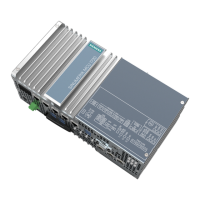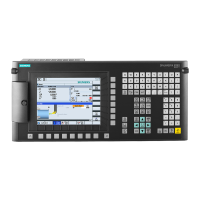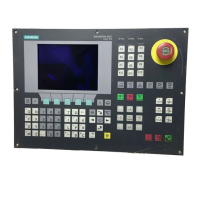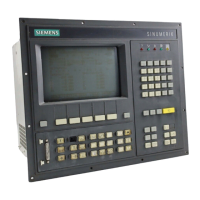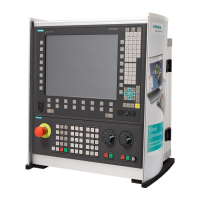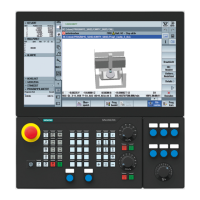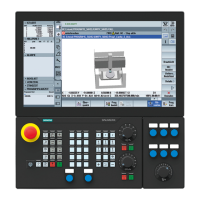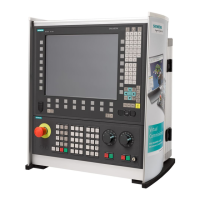Operating Modes and Character Recognition
© Siemens AG 2002 All Rights Reserved 6NH7811-0AA22
MD2 Modem (07/2002)
4-23
4.2 Character Recognition of the MD2
Introduction
Setting the character recognition on the MD2 determines the point in time for the
re-synchronization of the signal refresh logic. The signal refresh logic of the MD2
ensures that the received signals are regenerated. The correct synchronization of
the signal refresh logic ensures error-free data transmission for the selected baud
rate. In this regard it is important that the modem recognizes the beginning and end
of a character or a complete data block (message). The MD2 modem essentially
operates with two mechanisms:
· Asynchronous character recognition
· Message interval recognition
These two mechanisms are briefly described in the following.
Asynchronous Character Recognition
The mechanism for asynchronous character recognition is based on the
transmission of standard asynchronous characters which begin with a start bit,
followed by 8 data bits with or without parity and end with one or more stop bits.
The signal refresh logic of the MD2 is re-synchronized with every start bit. The
character recognition methods which operate according to this mechanism are
"Asynchronous 11 bit" and "Asynchronous 10 bit".
Message Interval Recognition
The mechanism for message interval recognition is based on the detection of the
intervals between two messages. Depending on the setting for character
recognition, the intervals must be either 12 or 24 bits long at a minimum to detect a
message interval. When the MD2 recognizes a message interval, the signal refresh
logic switches off and is only synchronized again when the next start bit is
received. The synchronization of the signal refresh logic therefore only occurs once
for every message or data block.
The "MID on" character recognition methods available on the MD2 operate
according to message interval detection.
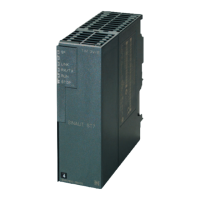
